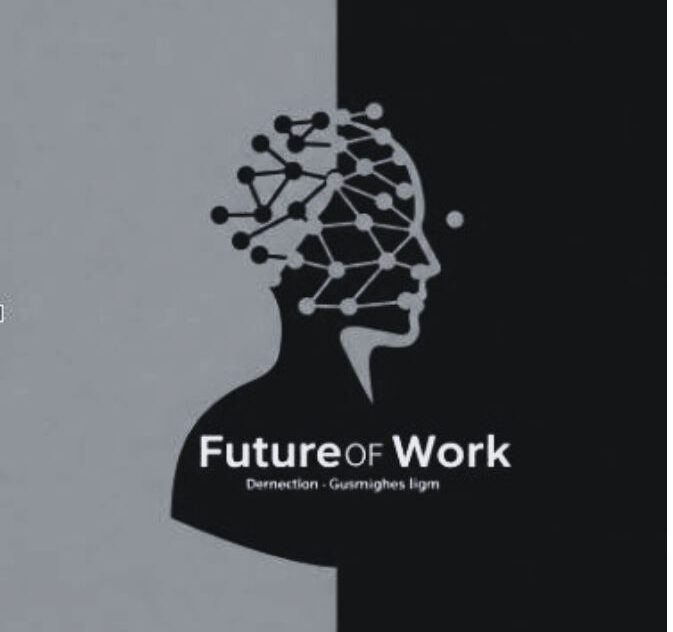In the boardrooms of legacy corporations and the Slack channels of high-growth startups alike, a silent revolution is unfolding. It’s not just artificial intelligence that’s upending the rules of the workforce it’s the way we define work itself. If you’re a C-suite executive still hiring with a 9-to-5 mindset, consider this your overdue wake-up call.
The future of your company depends on your fluency in the freelance economy.
AI Is Eating Jobs. But It’s Also Creating a New Operating System for Work.
Over the past 18 months, generative AI has begun automating tasks once deemed immune to automation: copywriting, customer service, data analysis, even coding. But here’s the twist: AI doesn’t replace roles, it reshapes them. And in doing so, it’s turning full-time positions into modular, project-based needs.
This modularization is quietly turbocharging the freelance model. Why hire a full-time email marketer when you can contract a seasoned freelancer to build your next campaign optimized, A/B-tested, and delivered by Tuesday?
According to McKinsey, up to 30% of the U.S. workforce is now engaged in some form of independent work. On platforms like Upwork and Contra, Fortune 500 companies are bidding for talent side-by-side with scrappy startups. The lines are blurring—and executives who don’t adapt will be managing talent in a paradigm they no longer understand.
Freelancers Aren’t a Cost-Cut. They’re an Innovation Engine.
The outdated perception of freelancers as gap-fillers or temp labor is officially dead. Today’s top independents are hyper-specialists with portfolios that span industries and continents. They bring a diversity of thought that internal teams often can’t replicate.
Executives who strategically integrate freelancers into their workforce can unlock agility, speed, and experimentation. Imagine spinning up a micro-team of a designer in Barcelona, a data analyst in Nairobi, and a growth hacker in Austin to test a new product idea in days, not quarters.
From Control to Coordination. Here’s where things get personal for managers. The traditional management model, based on proximity, hours logged, and linear career paths, is incompatible with a flexible, AI-augmented, freelancer-empowered workforce.
Leaders must become curators, not commanders.
Managing a hybrid team of full-time employees, part-time contractors, and freelance experts will require new skills: asynchronous communication mastery, outcome-based leadership, and fluency in collaboration tools like Notion, Loom, and Miro. Command-and-control management is being replaced by context-and-connect leadership.
The Executive Freelancer: A Not-So-Radical Idea
Here’s a bold prediction: In the next five years, more executives themselves will freelance.
The allure? Varied experience, sharper skills, and the ability to design work around life instead of the other way around. The “fractional executive” is already a thing, CMOs and CTOs are lending their expertise to startups part-time while advising multiple ventures. Why commit to one company when you can shape five?
This isn’t a crisis of employment. It’s a renaissance of autonomy.
The Playbook Forward
For executives who want to stay ahead of the curve, here are your next steps:
- Audit your workforce: Where can freelance talent accelerate innovation or reduce fixed costs?
- Re-train your managers: Equip them to manage outcomes, not schedules.
- Adopt a blended team mindset: Think of your team as a rotating cast of experts, not permanent fixtures.
- Rethink your own path: What would it look like if you freelanced your expertise?
The workplace of the future won’t be built by clinging to the past. It’ll be led by those who understand that freedom, flexibility, and fluidity are paths to productivity.
Download your FREE TOOLKIT for Freelancers today!






